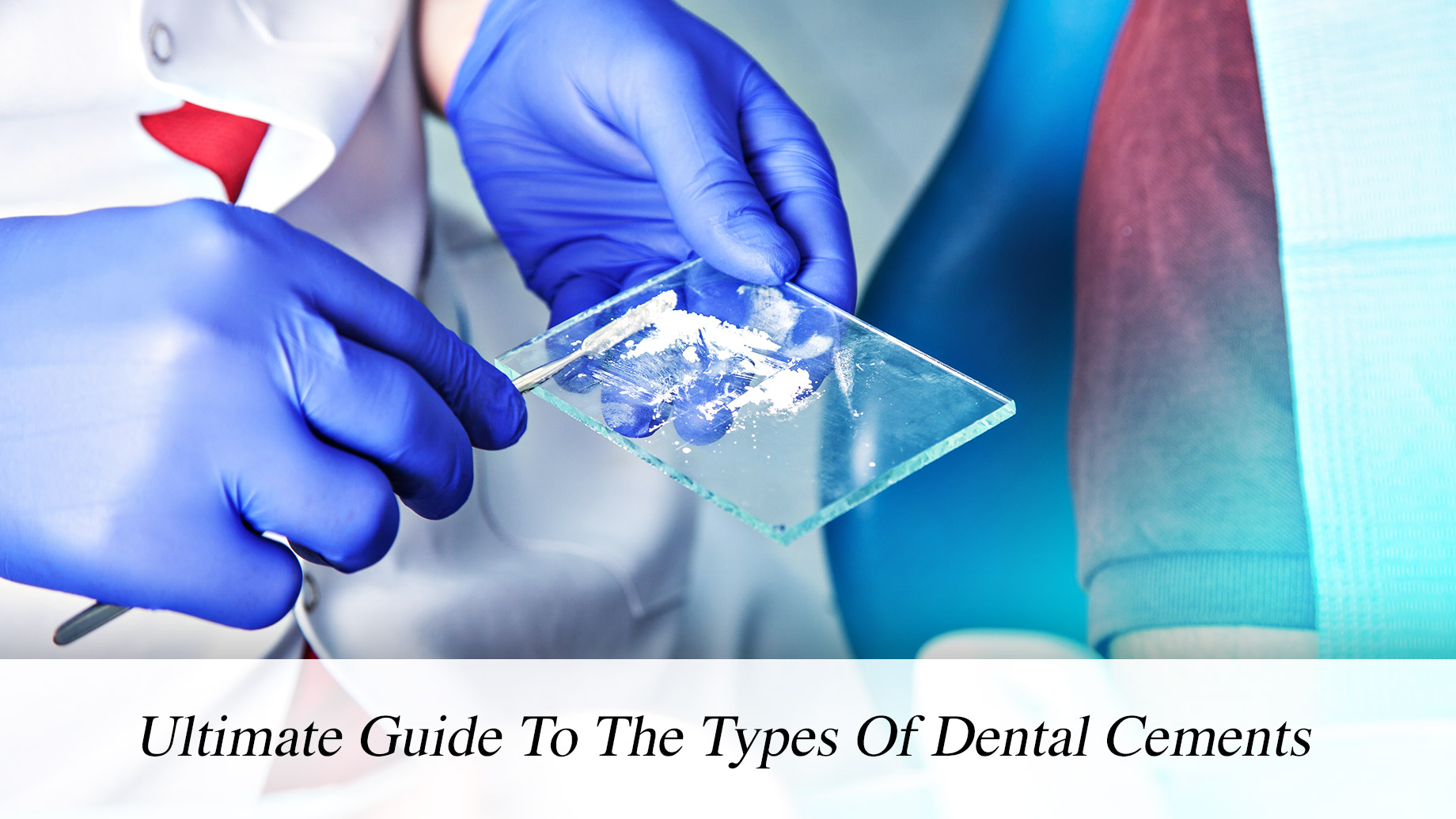
Cement is not only for the construction industry to form alleyways and sidewalks. The dental industry also uses special cement made of a chemical compound for bonding two surfaces. Cement for dentists has a chemical structure and special ingredients to match specialized procedures in the dental industry. This cement resists pressure from jawbones and teeth when biting. The cement has adhesive material with high resistance to decay and seamless blending for teeth restorative procedures.
Choosing the Right Cement
The options for dental cement vary, and each patient who comes to your dental office is likely to have unique requirements. So, you have to understand the best cement to use for a successful procedure. The rule of thumb is to ensure adequate preparation to make sure that the cement performs at an optimal level with good retention and resistance.
Resin cement with total-etch adhesives has higher bonding strength to compensate for axial taper exaggeration or lacking axial height during preparation. You have to understand that appropriate preparation of cement is required to allow dental restoration to remain in place for a long time. Substrates that can’t etch, including metal and zirconia, enhance the bonding strength of cement better than ceramic and metal primers.
Types of Dental Cement
Zinc phosphate cement
The first thing to do when looking for a dental cement supplier is to understand the various types of cement on the market. Zinc phosphate cement has been in use for more than a century for being relatively affordable. Additionally, this cement is radiopaque, and easy to clean up and mix. However, it has pitfalls, including having a very low pH, poor solubility in saliva, and low bonding to teeth structure. Additionally, this cement irritates, leading to pulpitis with prolonged temperature sensitivity.
Polycarboxylate cement
When looking for dental cement that doesn’t induce pulpitis, consider polycarboxylate cement. Additionally, this cement encourages strong bonding on tooth structure. Some of the pitfalls of this type of cement include difficulty during cleaning. Additionally, this cement undergoes a relatively fast change in viscosity during mixing. So, it makes manipulating and controlling polycarboxylate cement fairly difficult.
Glass ionomer luting cement
This is a desirable type of cement in the dental sector. Glass ionomer cement has fluoride release with great adhesion on dentin and enamel. Additionally, this type of cement makes strong bonds. Some of the limitations of glass ionomer cement include taking up during setting and the ability to change physical characteristics. Additionally, this cement is acidic, creating a possibility of irritation because of pulpal tissues and eventual pulpitis after cementation.
Resin-modified glass ionomer cement
The dental industry has been using this type of cement for a decade for its several advantages. Resin-modified glass ionomer cement is easy to clean up and mix. Additionally, this cement is stable for a longer period with the potential for fluoride release. In fact, this cement has the best favorable handling features. However, this cement is acidic with the potential to induce pulpitis with moisture sensitivity because of its hydrophilic nature. Keep in mind that such weaknesses don’t hinder naming it the best cement o the market.
Resin-based cement
This is a group of dental cement that auto-cures or requires a curing light. Resin-based cement comes in various configurations, including self-etching, and that needs separate adhesive for optimal results. However, self-etching cement creates lower adhesive bonds compared to those that need separate bonding and etching. You should consider resin-based cement for its high bonding strength, insolubility in oral fluids, and inability to irritate the pulpal tissue with correct use. Additionally, this cement is ideal for bonding dental ceramics that require low strength.
On the flip side, resin-based dental cement is the most sensitive type of cement. Poor handling can significantly affect bond strength. Preparing this cement requires going through various steps to make clean-up difficult after it completely cures. Some resins in this category are radiopaque, but some are difficult to identify by radiographers.
Bioceramic luting cement
Advancements in technology in the dental industry led to the development of bioceramic luting cement. This water-based cement is a hybrid composition of glass ionomer components and calcium aluminate. Setting this cement is the same as conventional glass ionomer cement. However, the presence of calcium aluminate offers unique properties.
Polyacid-modified composite cement
Last on our list of dental cement is polyacid-modified composite cement. This cement has various benefits over other kinds of dental cement. It has a strong bonding structure on the tooth with low solubility on exposure to oral fluids. On the flip side, this cement undergoes hygroscopic expansion with a likelihood of losing bonding strength in a short period.
Bottom Line
When looking to buy cement for your dental practice, understanding the options available is very important. You have to do this to make sure that you buy the appropriate cement to match the most common procedures in your practice. Fortunately, you can easily browse an online supplier of dental equipment and materials for the right cement for your needs.